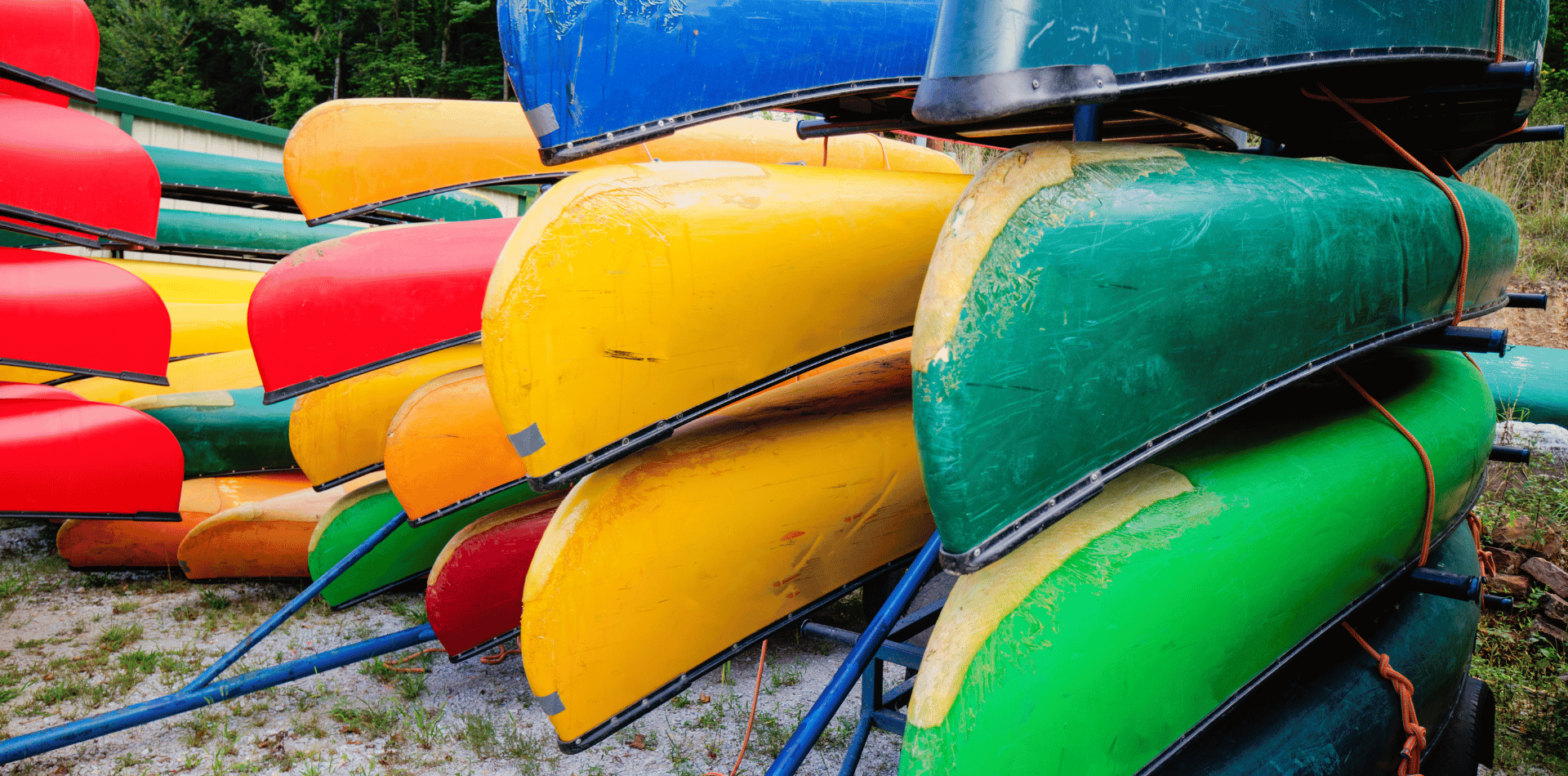Choosing the right Canoe Paddle
Things to consider when choosing a canoe paddle.

Choosing the right canoe paddle is essential for an enjoyable and efficient paddling experience.
A good paddle can make the difference between a smooth, pleasurable outing and an exhausting struggle.
Here’s a comprehensive guide on what to look for when selecting a canoe paddle.
Understanding the Basics
Types of Canoe Paddles
Canoe paddles come in various shapes and sizes, each designed for different purposes.
The main types are:
- Beaver Tail: Long and slender, ideal for deep water and flatwater paddling.
- Otter Tail: Similar to the beaver tail but with a slightly broader tip, offering more power per stroke.
- Sugar Island: Shorter and wider, perfect for maneuverability and shallow water.
- Whitewater: Stronger and more durable, designed to withstand the rigors of whitewater paddling.
- Bent Shaft: Designed for more efficient paddling with a slight bend in the shaft to reduce fatigue and increase stroke power.
Materials
The material of your paddle affects its weight, durability, and performance.
Common materials include:
- Wood: Classic and aesthetically pleasing, wood paddles provide a good balance of flexibility and strength. However, they require more maintenance.
- Aluminum and Plastic: Durable and affordable, these paddles are heavier and less comfortable for extended use.
- Fibreglass: Lightweight and strong, fibreglass paddles are a great choice for serious paddlers.
- Carbon Fibre: The lightest and most expensive option, carbon fibre paddles offer superior performance and minimal weight.
Choosing the Right Size
Length
The length of the paddle is crucial for comfort and efficiency.
A paddle that is too long or too short can cause strain and make paddling difficult.
To find the right length:
- Sit-In Method: Sit on a chair and measure from the floor to your nose. Add the blade length to this measurement to get the total paddle length.
- Kneeling Method: When kneeling, the paddle should reach from the water to your nose.
Blade Size and Shape
The size and shape of the blade determine the power and control of your strokes.
Larger blades provide more power but can be tiring, while smaller blades are less powerful but easier to use for extended periods.
- Symmetrical Blades: Ideal for general use and provide consistent performance on both sides.
- Asymmetrical Blades: Designed for more efficient paddling with a slightly curved shape that reduces drag.
Handle and Shaft Considerations
Handle Types
The handle, or grip, affects how the paddle feels in your hand.
Common handle types include:
- T-Grip: Provides excellent control, especially in whitewater conditions.
- Palm Grip: More comfortable for flatwater paddling and extended use.
Shaft Shape and Material
The shaft can be straight or bent, with each offering different benefits:
- Straight Shaft: Traditional and versatile, suitable for various paddling conditions.
- Bent Shaft: More efficient for flatwater paddling, reducing strain and increasing power.
Shaft material is also important.
Wooden shafts offer a warm, natural feel but can be heavier.
Aluminium and fibreglass shafts are more durable and lighter.
Weight and Balance
A paddle's weight significantly impacts your paddling experience. Lighter paddles reduce fatigue, especially on long trips. However, balance is equally important. A well-balanced paddle will feel comfortable and natural in your hand, reducing strain on your wrists and shoulders.
Specialised Paddles
For those involved in specific types of canoeing, such as racing or whitewater, specialised paddles may be necessary. Racing paddles are typically lighter and more streamlined, while whitewater paddles are built for durability and control.
Maintenance and Care
Proper maintenance extends the life of your paddle. Wooden paddles require regular varnishing to protect against water damage. Fibreglass and carbon fibre paddles need less maintenance but should be checked for cracks and damage regularly.
Try Before You Buy
Whenever possible, try out different paddles before making a purchase. Many outdoor retailers and paddle shops offer demo programs. This hands-on experience can help you determine the best paddle for your needs.
Environmental Considerations
Choosing environmentally-friendly materials and manufacturing processes can reduce your impact on the environment. Look for paddles made from sustainably sourced wood or recycled materials.
Budget
Canoe paddles vary widely in price. While it might be tempting to opt for the cheapest option, investing in a high-quality paddle can enhance your paddling experience and provide better value over time.
Final Thoughts
Choosing the right canoe paddle involves considering your paddling style, the type of water you’ll be navigating, and your personal preferences.
By understanding the different types of paddles, materials, and features, you can make an informed decision that enhances your time on the water.
Quick Checklist for Choosing a Canoe Paddle:
- Type: Determine the type of paddle that suits your paddling environment (beaver tail, otter tail, sugar island, whitewater, bent shaft).
- Material: Choose based on weight, durability, and maintenance (wood, aluminum/plastic, fibreglass, carbon fibre).
- Length: Use the sit-in or kneeling method to find the correct length.
- Blade Size and Shape: Consider power and control needs (symmetrical or asymmetrical blades).
- Handle Type: Choose between T-grip for control and palm grip for comfort.
- Shaft Shape and Material: Decide between straight or bent shaft and the preferred material.
- Weight and Balance: Opt for a lighter paddle for long trips and ensure it’s well-balanced.
- Specialised Paddles: Consider specialised options for racing or whitewater.
- Maintenance: Be aware of the care requirements for your paddle material.
- Try Before You Buy: Test paddles to find the best fit.
- Environmental Impact: Look for eco-friendly options.
- Budget: Balance cost with quality for the best value.
By keeping these considerations in mind, you can find a paddle that will enhance your canoeing adventures and make your time on the water more enjoyable.


